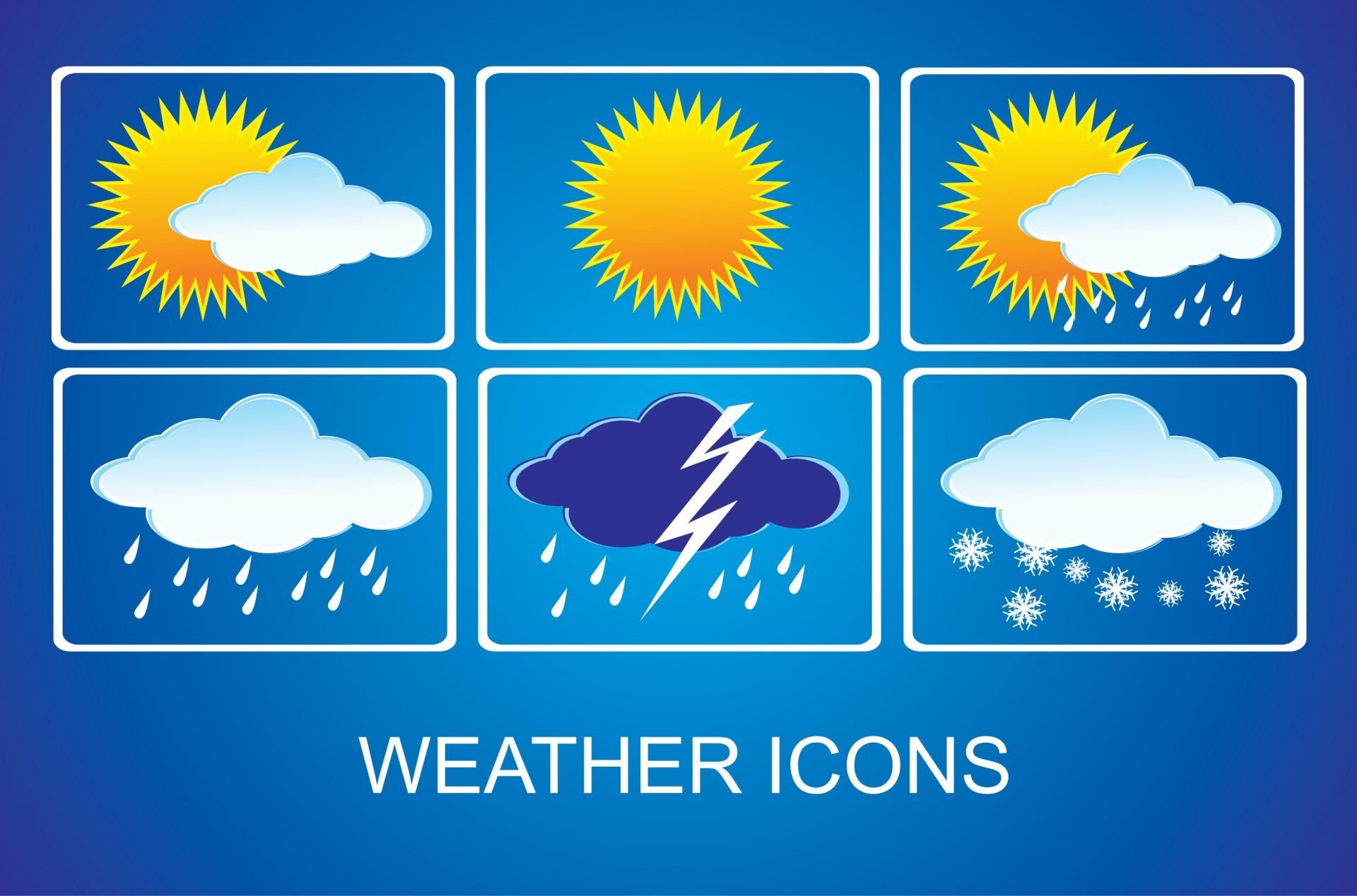Weather

A weather forecast is a scientifically based assumption about the future state of the weather in a certain point or region for a certain period. It is compiled (developed) by meteorological services on the basis of meteorology methods. Forecasts are divided according to the advance date of the period for which the forecast is given[1]: naukasting (current weather forecast) - from 0 to 2 hours; ultra-short-term (SCPP) - up to 12 hours; short-term (PPC) - from 12 to 72 hours; medium-term (SPP) - from 72 hours to 10 days; with an extended period - from 10 to 30 days; long-term (DPP) - from 30 days to two years; include monthly, three-month (or 90-day), seasonal indicative forecasts, which are a description of the average meteorological parameters expressed as deviation (deviation, fluctuation, anomaly) from climatic values respectively for this month (not necessarily for the upcoming month), for this 90-day period (not necessarily for the upcoming 90-day period), for this season; climate forecast - more than two years; year-to-decade climate forecast (description of the expected climate parameters associated with changes in interannual and ten-year climatic anomalies, as well as anomalies of several decades); climate forecast (description of the expected future climate, taking into account the influence of natural and anthropogenic factors). The justification of forecasts is lower the higher the advance. The justification of SCP is approximately 95-96%[2], KPP 85-95%, SPP 65-80%, DPP 60-65%, climate forecasts - about 50%. Weather forecasts are divided into types depending on the purposes for which they are developed: public forecasts (published in the media and on Internet sites voiced on TV and Radio) contain brief information about cloudiness, precipitation, atmospheric phenomena, wind, temperature, humidity and atmospheric pressure; enterprise operating modes]; aviation forecasts contain detailed characteristics of wind, visibility, atmospheric phenomena, cloudiness, air temperature; marine and river forecasts contain detailed characteristics of wind, waves, atmospheric phenomena, air temperature; agricultural (agrometeorological) forecasts contain a detailed description of precipitation and air temperature. Physics of weather The prediction of synoptic position, that is, temperature, precipitation, humidity, and pressure fields (geopotential), relies on laws that describe the motion of the atmosphere as a compressible liquid. These laws belong to such a branch of physics as hydrodynamics, which includes the equations of motion, the state of gases, the transfer of humidity, and the conservation of mass. By solving these equations by numerical methods for a specific state of the atmosphere, it is possible to obtain numerical values of future fields of pressure, temperature, and wind. The baseline data for substitution into the equations are the currently measured parameters of the atmosphere; measurements take place at all possible heights. Numerical integration of equations owes its accuracy to modern computers that can process a significant amount of input data. Nevertheless, for the purposes of numerical solution of equations and rapid interpretation of these solutions, it is necessary to use the maximum possible resources – supercomputers. Weather signs For the purposes of weather forecasting, it is possible to use not only the data of the science of meteorology as such, but also the observed correlations between some parameters of the weather in the present and the future. Note that the following signs are a consequence of an exclusively scientific understanding of the nature of the Earth. Below are some of them. You can expect unstable weather and rain: the temperature at night is unusually high; pressure decreases; there is a halo around the sun or moon; clouds at different altitudes move separately; unordered cirrus clouds are present ; in the afternoon in the summer, dark clouds are observed; cumulus or layered clouds become lower; rapid formation of cumulus clouds. We can expect prolonged precipitation: The wind is southeasterly, northeasterly with a drop in pressure; The weather is unstable (see signs above), with a southerly wind blowing with a drop in pressure (for the northern hemisphere). You can expect clear weather: The pressure rises or remains unchanged; The wind changes to westerly or northwesterly (southwesterly in the southern hemisphere); The temperature drops; Light breeze from the west or northwest (southwest south of the equator): red sunset; Cloudiness decreases after 16:00; Morning fog disappears within two hours of sunrise. First predictions August 1, 1861 : In the Times by Robert Fitzroy. Subsequently, due to the inaccuracy of his predictions, he committed suicide. November 14, 1922 - The first weather forecast for tomorrow sounded on the radio. After about six months, such forecasts became daily. November 11, 1936 - The weather forecast was shown on TV in the form of a diagram. January 11, 1954 – Birthday of modern weather forecasting. For the first time, a presenter appeared on the screen, who told and showed on the map what weather changes await viewers. The host was George Cowling. The story was broadcast live and lasted 5 minutes. Since then, weather forecasts have become an integral part of the television broadcast. Weather forecasts on domestic television began to appear in the early 1970s. The first presenter was Ekaterina Chistyakova. The innovation was so liked by viewers that since 1971 the weather forecast has become an integral part of the program "Time". In the late 1990s, the company Meteo-TV appeared, which became a monopolist in the field of television forecasting.
- Arts
- Business
- Computers
- Jogos
- Health
- Início
- Kids and Teens
- Money
- News
- Recreation
- Reference
- Regional
- Science
- Shopping
- Society
- Sports
- Бизнес
- Деньги
- Дом
- Досуг
- Здоровье
- Игры
- Искусство
- Источники информации
- Компьютеры
- Наука
- Новости и СМИ
- Общество
- Покупки
- Спорт
- Страны и регионы
- World


